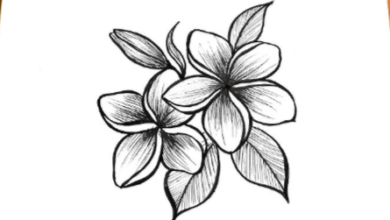Art:9gtupe5t5i4= Sarcophagus

The Art:9gtupe5t5i4= Sarcophagus, a remarkable artifact of antiquity, encapsulates the intersection of art and cultural ideology across civilizations such as Egypt, Greece, and Rome. Beyond its primary function as a burial container, its intricate designs and symbolic motifs reveal deep insights into societal beliefs regarding mortality and the afterlife. As contemporary scholars and artists revisit these ancient forms, questions arise about their relevance today and how they can inform our understanding of memory and legacy. What implications do these modern interpretations hold for our perception of art and life itself?
Historical Background
The historical background of the Art:9gtupe5t5i4= Sarcophagus is deeply intertwined with the cultural and religious practices of ancient civilizations, particularly in Egypt, Greece, and Rome.
These societies employed elaborate burial customs, reflecting their beliefs about the afterlife and the importance of honoring the deceased.
Read More Art:6gttjnvqcga= Hail Mary
Ancient practices varied in design and function, yet all served to safeguard the body and ensure a transition to the next realm.
Artistic Features
Art:9gtupe5t5i4= Sarcophagus are remarkable artifacts that embody the artistic prowess and cultural values of their respective civilizations.
They often feature intricate symbolic elements, such as depictions of gods, mythical creatures, or scenes from daily life, reflecting beliefs and aspirations.
Decorative techniques, including relief carving and polychromy, enhance their visual impact, showcasing the artisans’ skills and the significance of the narratives they convey.

Cultural Significance
Cultural artifacts like sarcophagi serve as profound reflections of the societies that created them, encapsulating beliefs, values, and practices.
These ornate structures often carry symbolic meanings related to the afterlife and the divine, revealing insights into ancient burial practices.
Modern Interpretations
Modern interpretations of Art:9gtupe5t5i4= Sarcophagus reflect a complex interplay between historical reverence and contemporary artistic expression.
Artists today incorporate contemporary symbolism, reimagining traditional forms to resonate with modern audiences.
Digital adaptations further expand this dialogue, allowing for interactive experiences that challenge perceptions of mortality and memory.
These innovative approaches underscore the evolving significance of sarcophagi as vessels for both cultural heritage and contemporary thought.
Read More Art:6g-Kelv5ev0= Flower Drawing
Conclusion
In the grand narrative of human mortality, the Art:9gtupe5t5i4= Sarcophagus emerges as a paradox; a vessel designed to safeguard the deceased, yet simultaneously an artful proclamation of life. Its intricate carvings, intended to assist in the passage to the afterlife, ironically serve as enduring testaments to the very culture that crafted them. These monumental containers, while meant to house the dead, now captivate the living, inviting a contemplation of legacy and the eternal human quest for remembrance amidst the inevitability of decay.






